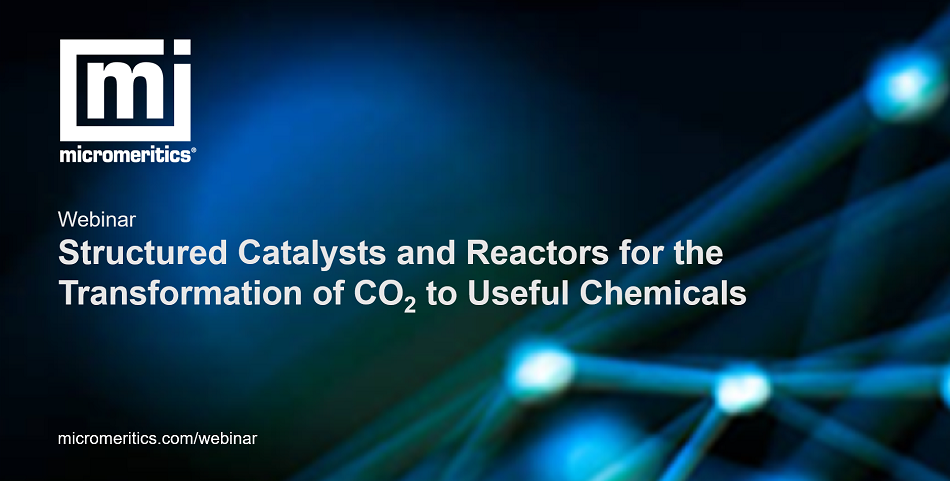
Increasing global CO2 levels have led to a thrust in research on Carbon Capture and Storage (CCS) and Carbon Capture and Utilization (CCU). In terms of volume, the contribution of CCU will be significantly less compared to CCS for avoiding CO2 emissions and achieving the “2 degree scenario” (2DS) goals. However, the immediate economic potential of CCU outweighs that of CCS especially considering that large scale capital investment is required for the latter.
It is clear that CCS is required to achieve 2DS goals, but instead of approaching CCS and CCU as separate methods of carbon mitigation, it should be considered how CCU can address problems with the implementation of CCS. An economic cycle where profits gained from CCU can help offset the costs of CCS is not impractical if an integrated CCSU (Carbon Capture Storage and Utilization) system is implemented. The reuse of stored CO2 can become beneficial if consumption of fossil fuels is reduced over the next century and stored CO2 becomes the main feedstock for carbon-based chemicals. Multi-functional catalysis is becoming the method of choice to boost production of valuable chemicals from CO2.
Who Should Attend
This webinar will benefit beginners and professionals in research, development, processing or quality control who want to acquire a basic understanding of comprehensive material characterization or who want to refresh and expand existing knowledge. Furthermore, those who are looking for suggestions for further possible uses of physisorption, chemisorption, mercury porosimetry, particle size characterization and powder rheology as well as microreaction technology should attend this webinar.
What You Will Learn
This webinar presents several routes based on careful choice of catalytic components and reactor configuration to increase selectivity and productivity in the direct hydrogenation of CO2 to light olefins, aromatics and liquid fuels.
Speaker
Jorge Gascon | Professor and Director | KAUST Catalysis Center